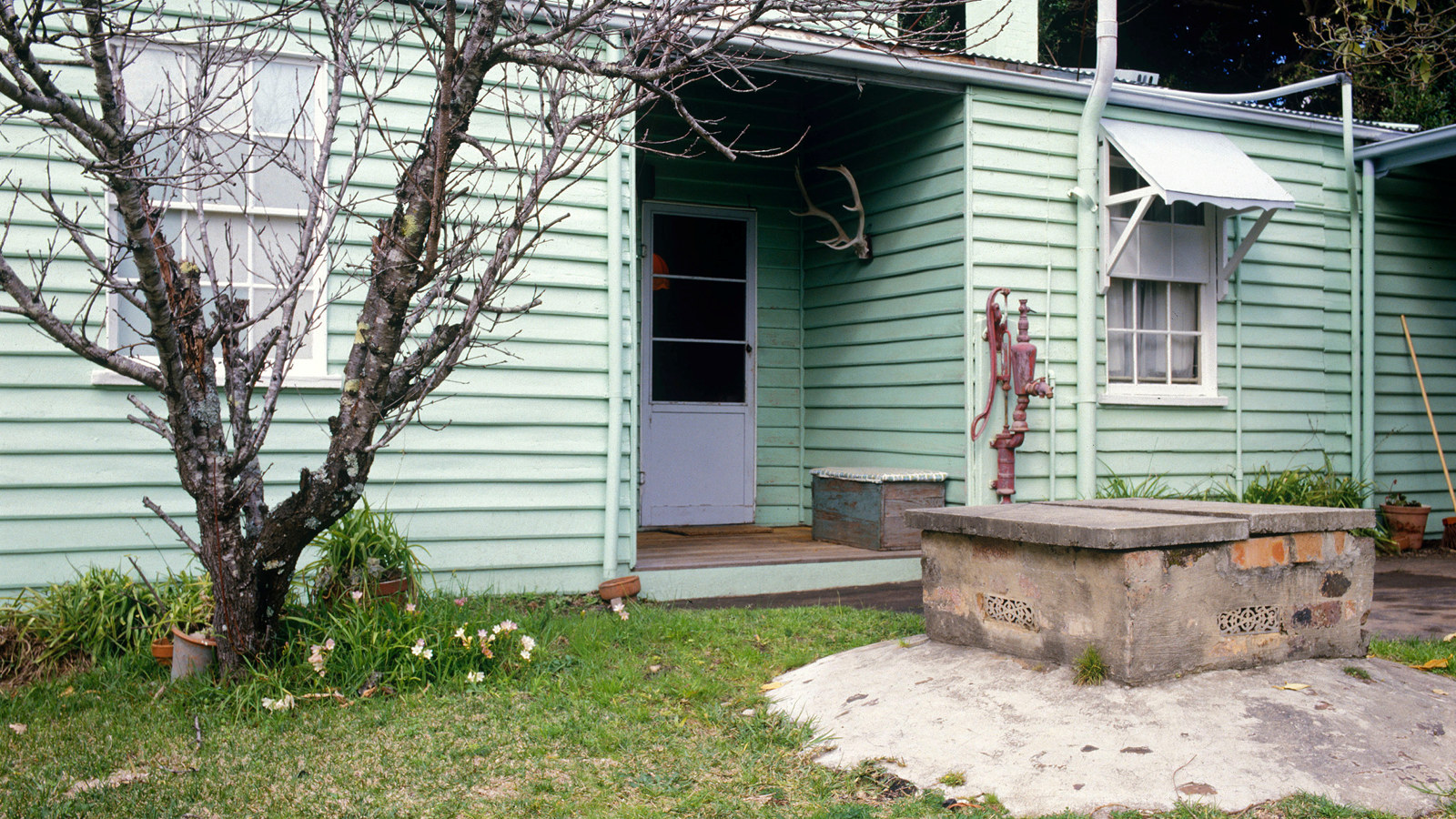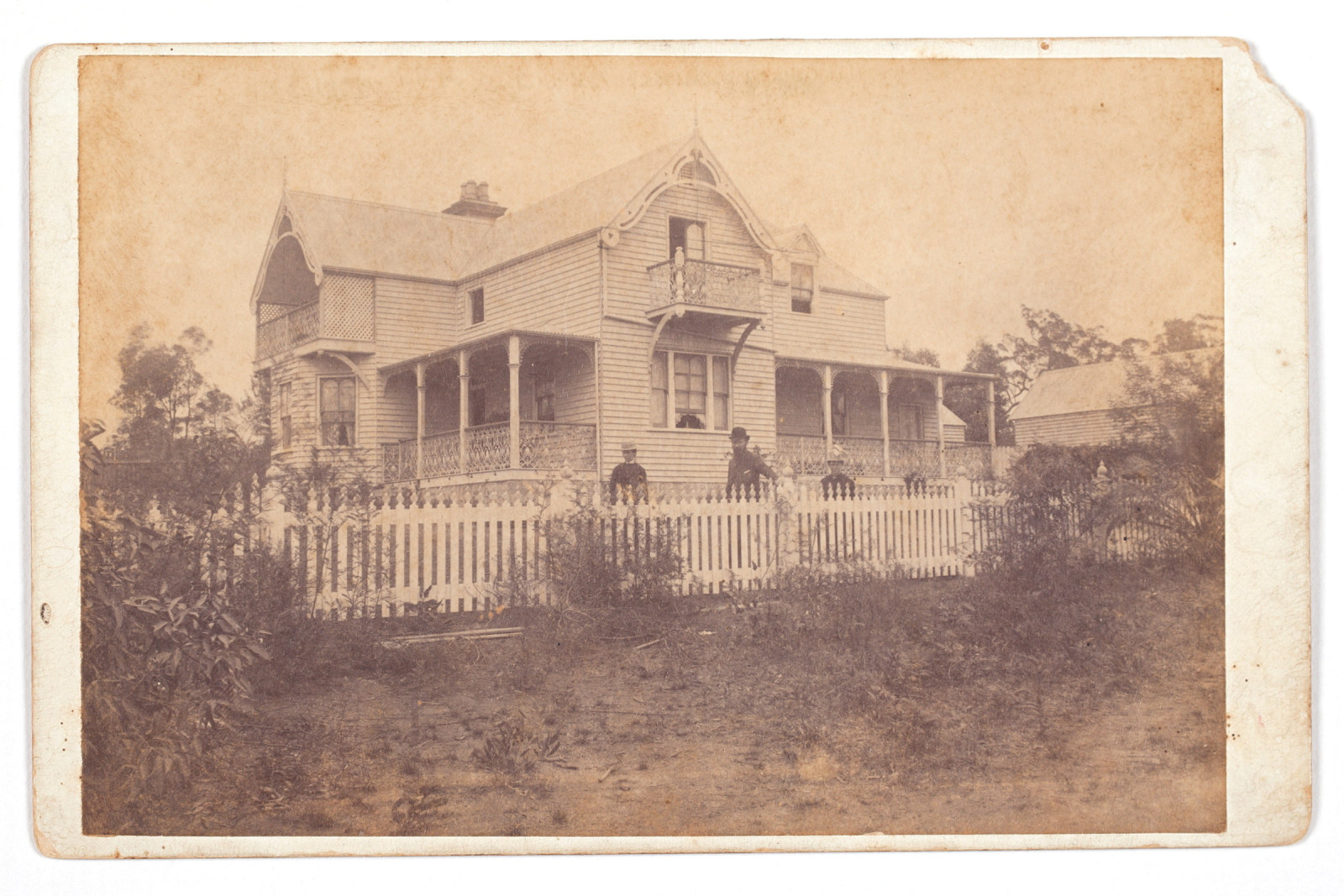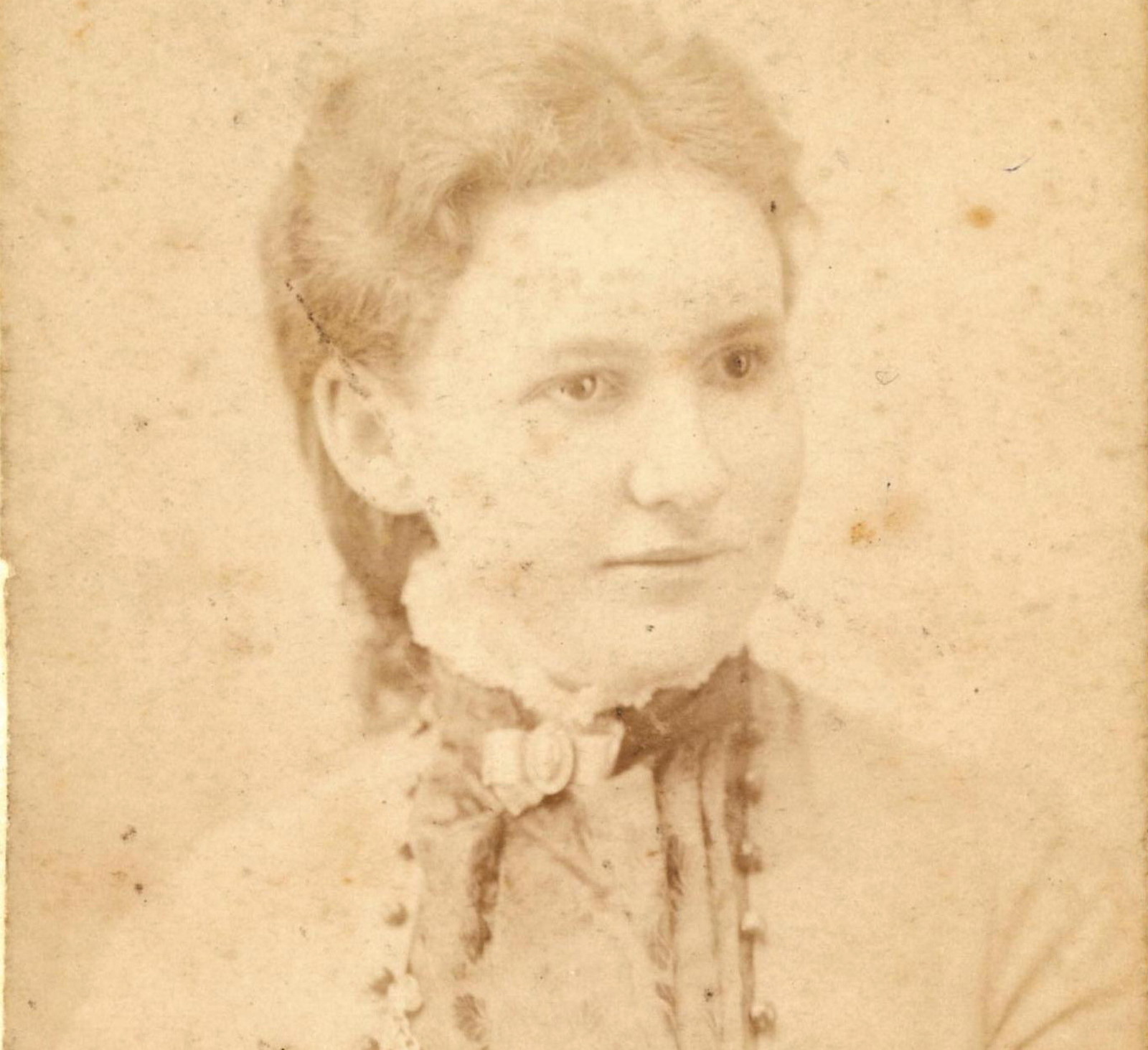Meroogal: preserving the story of a family
Meroogal is more than just a charming 1880s timber house: it’s a significant piece of social history and a living testament to a family. The house stands as a monument to the Thorburn and Macgregor women who shaped its identity over four generations, and whose lives offer us today a unique window into the experiences of women in the 19th and 20th centuries. Museums of History NSW’s conservation of the site is guided by a commitment to preserving the authenticity and historical integrity of Meroogal.
Meroogal was designed and built by Kenneth McKenzie for his widowed sister Jessie Catherine Thorburn, who lived there with four of her daughters. The house remained within the family, passed down from the Thorburn sisters to their Macgregor nieces, and finally to the Macgregors’ niece June Wallace.
The preservation of Meroogal began long before it became a museum. The resourceful and practical Thorburn and Macgregor women acted as early conservators, caring for and repurposing their furnishings and belongings instead of discarding them when they became worn or out of style. The remarkable survival of the house and grounds, when many similar period homes have been lost, can largely be attributed to the character and circumstances of the women who lived there. Their upbringing on farms instilled in them a ‘make do’ mentality, a proficiency in mending and modifying, allowing them to maintain a comfortable home without adhering to fleeting fashions. This talent, born from necessity, was passed down through generations.
Some examples of their care include the Thorburns upholstering furniture themselves, often using colours and tones to match the wallpaper and joinery. The Macgregors maintained the main rooms’ original colour schemes by carefully retouching worn areas. Elgin Macgregor’s practicality extended to repairing termite-damaged lining boards with a homemade sawdust and putty mixture. Her fondness for the colour green also left a lasting mark, when the house was painted its now characteristic shade in the 1960s. Before that the house had been painted in a number of polychromatic colour schemes.
The ways in which the family used the house and cared for and changed the fabric of the building are still apparent and provide insights into the women and their circumstances. It’s not a grand house; in fact, it’s rather ordinary. Unlike some other house museums, Meroogal tells the story of an everyday family, not famous historical figures. The unusual succession of ownership, through the female line, makes the place rare. Meroogal was not just a home for family possessions, but a tangible expression of the family’s history. While the house underwent changes over time, these additions and alterations created layers of history that remain visible, offering insights into the lives of the occupants that are supported by the collection, including photographs.
Museums of History NSW
When the Historic Houses Trust of NSW (now part of Museums of History NSW) acquired Meroogal in 1985, the organisation’s approach to conservation differed from that taken in typical built conservation projects of the time. Instead of restoring it to a specific historical period, the Historic Houses Trust chose to preserve the house and its contents as they were at the time of acquisition. This approach continues today, as we endeavour to undertake only necessary work to maintain the house’s significant characteristics, its look and feel, adhering to the core heritage principle of ‘doing as much as necessary, but as little as possible’.
Over time, this has involved essential repairs to windows, doors and the verandah; addressing water damage; and replacing sections of the roof and drainage. Periodic painting of the characteristic green weatherboards occurs only as needed to prevent decay.
Meroogal’s exceptional heritage value lies in its remarkably intact state. The house and its collection offer an almost unparalleled opportunity to understand the daily lives of the Thorburn and Macgregor women. Consequently, our conservation of the site is guided by a commitment to preserving its authenticity and historical integrity.
Latest news

Conservation in action: Meroogal exterior painting 2025
At Meroogal, the ongoing conservation of the beautiful timber detailing of the Juliet balconies, the bargeboards and fascia boards of the gables, weatherboards and masonry chimneys requires specialist knowledge and skills
Related

Heritage
We manage, maintain and interpret buildings and places of historic importance for the education and enjoyment of the public
Stories from Meroogal
Browse all
Underground ruin now supplies water
The underground tank, or cistern, at Meroogal was originally the main supplier of household and garden water, holding around 40,000 litres in its mostly submerged brick belly

A home of their own
A young woman of the Victorian era, Tot Thorburn had suitors and male friends but chose not to marry. She enjoyed a long and happy life with her sisters at Meroogal

Meet the artist – Meroogal Women’s Art Prize 2024 winner Jackie Streit
'Vexations in blue' by Jackie Streit has been awarded first prize in the Meroogal Women’s Art Prize 2024

Tottie Thorburn's diary
This diary was hand-written between 1888–1893 and 1895–1896 by the youngest member of the family for whom Meroogal was built, Kennina Fanny Thorburn (1865–1956), known to her family as Tottie